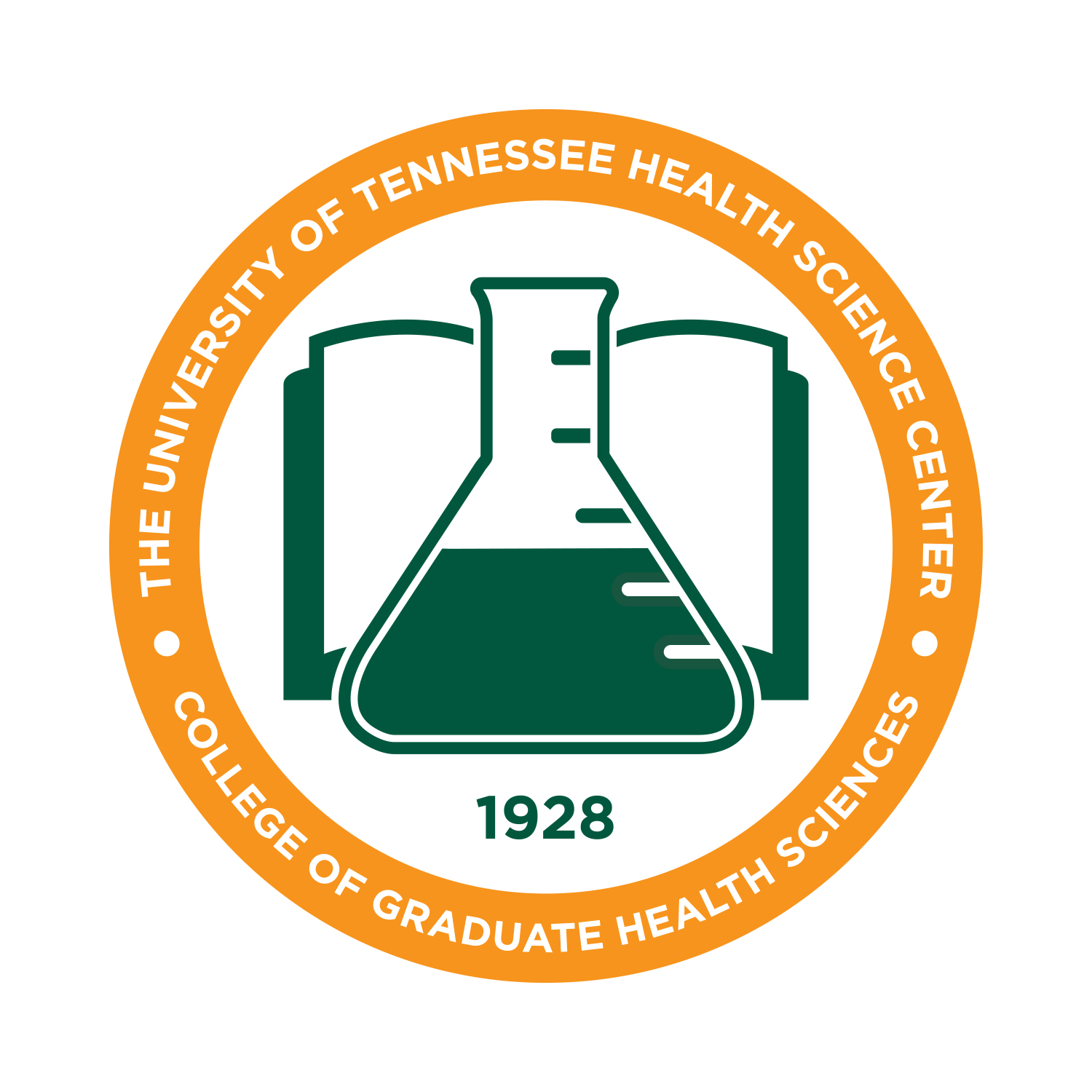Date of Award
2024
Document Type
Dissertation
Degree Name
Doctor of Philosophy (PhD)
Program
Biomedical Sciences
Track
Molecular and Systems Pharmacology
Research Advisor
Kui Li
Committee
Amber Smith; Colleen Jonsson; Elizabeth Fitzpatrick; Guoyun Chen
Keywords
MDA5, OASL, RIG-I, RLRs, RNA virus, SRMS
Abstract
Upon viral infections, RIG-I-like receptors (RLRs) sense cytosolic viral RNAs and initiate signaling pathways culminating in the activation of IRF3 and subsequent type I interferon (IFN) antiviral response. This intrinsic protective mechanism is orchestrated by a host of positive and negative regulators, which collectively govern the magnitude and duration of antiviral signaling. SRMS (Src-related kinase lacking C-terminal regulatory tyrosine and N-terminal myristylation sites) is an understudied non-receptor tyrosine kinase frequently overexpressed in breast cancers. SRMS restrains autophagy and promotes tumor growth, although its physiological function is unclear. We report that SRMS is critical for IRF3-dependent innate antiviral response in murine cells. Depletion of SRMS impaired virus- or dsRNA-induced expression of type I and III IFNs and ISGs in mouse embryonic fibroblasts (MEFs), mouse hepatoma hepa1-6 cells, and primary mouse lung fibroblasts. Mechanistically, SRMS acted downstream of the RLRs and their adaptor MAVS. SRMS loss led to diminished phosphorylations of TBK1 and IRF3, IRF3 dimerization, and nuclear translocation. The kinase activity of SRMS, however, was dispensable. Reconstituting the expression of SRMS of mouse or human origin, be it wild-type or kinase-dead protein, in SRMS-null MEFs restored antiviral signaling. Rather, SRMS forms a complex with TBK1 and IRF3, in a virus-inducible manner. These interactions promoted downstream innate antiviral response. Interestingly, antiviral gene expression via the RLRs in human U2OS, MRC5, Hacat, and MDA-MB-231 cells was not impacted by SRMS knockdown or deletion, suggesting signaling redundancy in human cells. Altogether, our data uncover a novel role of SRMS in controlling IRF3-dependent innate antiviral responses and describe a non-canonical, kinase- and autophagy-independent regulatory mechanism that operates differentially between mouse and human species. Sensing invading viral pathogens early after infection is important for eliciting the host intrinsic immune defense. MDA5 and RIG-I are two major cytosolic viral RNA sensors that recognize different viruses and initiate downstream signaling leading to the induction of type I IFNs antiviral responses in a majority of cell types. Mounting evidence suggests that human oligoadenylate synthetases-like (OASL) is also rapidly induced by viral infections through activated IRF3 directly as well as by IFN autocrine/paracrine signaling. OASL has been suggested to possess antiviral activity and to promote RIG-I signaling. Whereas much has been learned about the upstream pathways and signaling mechanisms leading to transcriptional induction of OASL, how OASL executes its antiviral function and its precise role in RLR-dependent IFN inducting pathway remain obscure. By creating OASL-deficient cell models, I found that OASL was required for induction of type I IFN response by encephalomyocarditis virus (EMCV) via MDA5 signaling, but it was dispensable for antiviral gene expression in response to Sendai virus infection, which engages and activates the RIG-I-dependent pathway. Loss of OASL specifically reduced MDA5 signaling and enhanced virus replication in human and monkey cells. Conversely, OASL overexpression enhanced MDA5-mediated IFN induction and suppressed viral propagation. OASL performed this novel function depending on its RNA-binding activity associated with a lysine at position 66. In addition, OASL was found to form a complex with MDA5, in a virus-inducible manner. This interaction promoted downstream innate antiviral responses. Collectively, our data describe a novel mode of antiviral action of human OASL in which this virus- and IFN-inducible RNA-binding protein specifically engages MDA5 and promotes host innate immune response downstream of this viral RNA sensor.
ORCID
0009-0003-2090-2351
DOI
10.21007/etd.cghs.2024.0681
Recommended Citation
Wang, Ruixue (0009-0003-2090-2351), "Identification and Characterization of Auxiliary Factors in Innate Antiviral Immunity" (2024). Theses and Dissertations (ETD). Paper 701. http://dx.doi.org/10.21007/etd.cghs.2024.0681.
https://dc.uthsc.edu/dissertations/701


